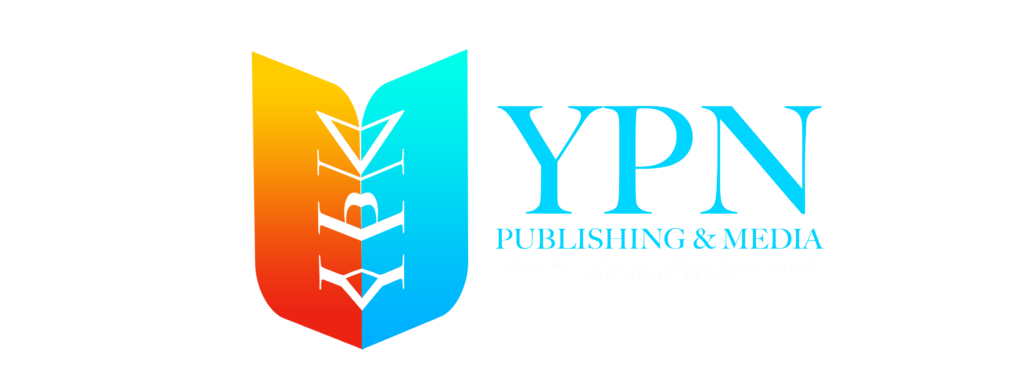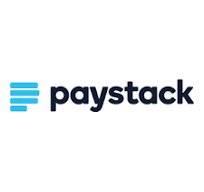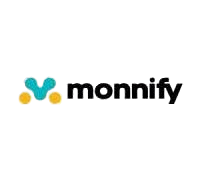When embarking on the journey of writing a book, one of the most crucial steps an author must take is defining their target audience. The importance of this step cannot be overstated, as understanding who your readers are shapes every aspect of your writing, from the content and tone to the style and marketing strategies you employ. Whether you are writing fiction, nonfiction, or any other genre, defining your target audience is the foundation upon which your book’s success will stand. By narrowing down who you are writing for, you will not only ensure that your book resonates with the right readers but also optimize your writing process and increase your chances of success. Here’s why this step is fundamental for every author:
1. Ensures Relevance and Connection
One of the primary reasons why defining your target audience is vital is that it ensures your book resonates with the right readers. By identifying who you are writing for, you can tailor your content to address their specific interests, struggles, and desires. Readers are more likely to engage with a book that speaks directly to their needs, and when you know your audience, you can write with purpose and clarity. For example, a self-help book aimed at busy professionals will have a different tone, structure, and focus than a self-help book targeted at teenagers. Defining your audience also helps you avoid wasting time or energy on writing content that won’t resonate with them, ensuring that every page is compelling and relevant to their lives. It’s about understanding the emotions, challenges, and desires your readers have and crafting content that connects with them on a personal level.
When you write with a specific target audience in mind, you’ll be able to speak their language, understand their pain points, and offer solutions that will feel authentic and actionable. Whether your audience is made up of aspiring entrepreneurs, mothers, or fantasy readers, knowing them inside and out is key to creating a book they will truly value.
2. Helps You Choose the Right Tone and Style
The way you write your book will be influenced significantly by your target audience. When you understand your readers, you can adjust your tone, style, and vocabulary to suit their preferences. For instance, if your audience is young adults, you may use a more casual, contemporary tone with relatable language and pop culture references. On the other hand, if your audience consists of academics or professionals, your writing might be more formal, structured, and evidence-based. The right tone allows you to engage your audience in a way that feels natural, while the wrong tone can make your book feel disconnected or unappealing.
The tone and style of your book should reflect the values, expectations, and experiences of your readers. For example, an adventure novel targeting children will have a different tone than one written for an adult audience. In addition, the way you convey your message, whether lighthearted, authoritative, or emotional, will be influenced by your target audience. Understanding your readers helps you avoid mistakes that may alienate them, ensuring your writing comes across as authentic, thoughtful, and engaging.
3. Guides Your Content and Structure
Knowing your target audience helps you determine the specific content that will appeal to them. When you define your readers, you can prioritize topics, themes, and narratives that align with their needs. This is especially important in nonfiction books, where you may want to offer practical advice, solutions, or insights to help your audience overcome challenges. Understanding what matters most to your target readers will help you create more meaningful and relevant content. For instance, a business book aimed at startup founders may delve into practical advice on scaling a company, while one targeting university students might focus on time management strategies.
For fiction, understanding your audience will influence everything from your character development to your plot and pacing. A romance novel for young adults will focus on different themes, such as first love and self-discovery, compared to a historical romance for adults, which may explore complex relationships set against the backdrop of history. Knowing your audience means knowing what themes, tropes, and characters will resonate most with them, guiding the structure of your book so that it appeals to the right readers.
4. Improves Marketing and Promotion
Defining your target audience also plays a significant role in the marketing and promotion of your book. By understanding who your readers are, you can tailor your marketing strategies to reach the right people. You’ll know where to promote your book, what platforms to focus on, and what kind of messaging will resonate with potential buyers. Knowing your audience means you can create targeted marketing campaigns that speak to their interests and needs, rather than using a generic approach that may not engage them effectively.
For example, if your book is aimed at young professionals, you may want to leverage LinkedIn, industry blogs, or professional groups in your marketing efforts. If your target audience is parents of young children, social media platforms like Facebook and Instagram, or parenting blogs, may be more effective channels. Defining your audience helps you create an effective marketing plan that will reach the people who are most likely to buy your book. This allows you to maximize your marketing budget and avoid wasting resources on strategies that don’t align with your audience’s preferences.
5. Helps You Stay Focused on Your Message
Writing a book can be a long and challenging process, and it’s easy to become distracted by multiple ideas, side plots, or tangents. Defining your target audience helps you stay focused on what truly matters to your readers. By understanding their interests and needs, you can keep your book’s message clear, concise, and relevant. Whether you’re writing fiction or nonfiction, keeping your message clear is vital to maintaining reader interest and ensuring the book delivers on its promises.
When you are clear on your audience, you are less likely to get caught up in irrelevant details or concepts that may not appeal to them. Instead, you can hone in on the core message of your book, ensuring that every chapter supports and reinforces the overarching theme. This not only makes your writing process smoother but also makes your book more cohesive, allowing readers to stay engaged from start to finish.
6. Increases Book Sales and Reader Loyalty
By writing a book that speaks directly to the desires and pain points of your target audience, you are more likely to create a loyal following. Readers who feel that a book truly speaks to their experiences, challenges, or goals are more likely to recommend it to others and buy future works by the same author. This leads to word-of-mouth promotion and a sustainable audience base, which is essential for long-term success as an author.
When you know who you’re writing for, you can craft a book that offers real value to your readers, helping to build trust and foster loyalty that extends beyond a single book purchase. Understanding your target audience allows you to connect with them in a way that builds lasting relationships and establishes you as an author who understands their needs and desires.
7. Ensures Effective Feedback
When you know your target audience, it becomes easier to gather relevant feedback during the writing process. Beta readers or test readers from your target demographic will provide more insightful feedback because they can identify what resonates with them personally. They will know whether your tone, content, and style align with their expectations and whether your book offers real value to them. Their feedback will be far more meaningful and actionable than if you were to seek out feedback from readers who are not part of your target audience.
Having a clear understanding of your audience will also allow you to analyze reviews and feedback more effectively once your book is published. You’ll be able to distinguish which critiques are relevant to your target demographic and adjust your future works accordingly, ensuring that your next book better meets the needs of your readers.
8. Strengthens Your Book’s Impact
Ultimately, defining your target audience strengthens the impact your book can have. By focusing your efforts on the right readers, you can create a book that meets their needs, addresses their challenges, and leaves a lasting impression. When your audience feels understood and connected to your book, the result is not only higher sales but also a deeper emotional impact that can inspire change, spark thought, or entertain in ways that resonate for a long time.
The best books are those that make readers feel understood and connected to the material. Defining your target audience allows you to create a book that speaks directly to those emotions and challenges, leaving a lasting impression that will ensure your success as an author.
Conclusion
Defining your target audience is not just a crucial step in the book-writing process; it’s the foundation for creating a book that is purposeful, focused, and impactful. By understanding who you are writing for, you can shape every aspect of your book, from its content and tone to its marketing strategy and long-term success. Defining your target audience allows you to build stronger connections with your readers, increase book sales, and establish a loyal following. Whether you’re writing fiction or nonfiction, this step is indispensable for writing a book that truly resonates with those who matter most—your readers.
At YPN Publishing, we can help guide you in identifying and understanding your target audience. Our team of experts is ready to assist you in tailoring your book to meet the needs of your readers and ensuring your book’s success.
For more information, visit our website: ypnpublishers-media.com or contact us at info@ypnpublishers-media.com.












